Discover Parks & Wildlife contains affiliate links and is a member of the Amazon Services LLC Associates Program. If you make a purchase using one of the Amazon links (or other affiliate links), we may receive compensation at no extra cost to you. See our disclosure policy for more information.
13 Battlefields That Still Echo With America’s Most Pivotal Moments
If there’s one thing America has seen plenty of, it’s historic moments shaped by some truly jaw-dropping, yet horrific battles. And the battlefields where they have taken place aren’t just patches of grass or quiet stretches of land; they’re where decisions were made, lives were lost, and the course of history was flipped on its head.
From revolution to civil war, these sites hold the echoes of change and the occasional cannonball. They’ve witnessed strategies that worked brilliantly… and some that, well, didn’t go quite as planned.
Either way, they helped piece together the country we know today. So stick around as we explore the places where the past feels a little too close for comfort.
Gettysburg National Military Park, Pennsylvania
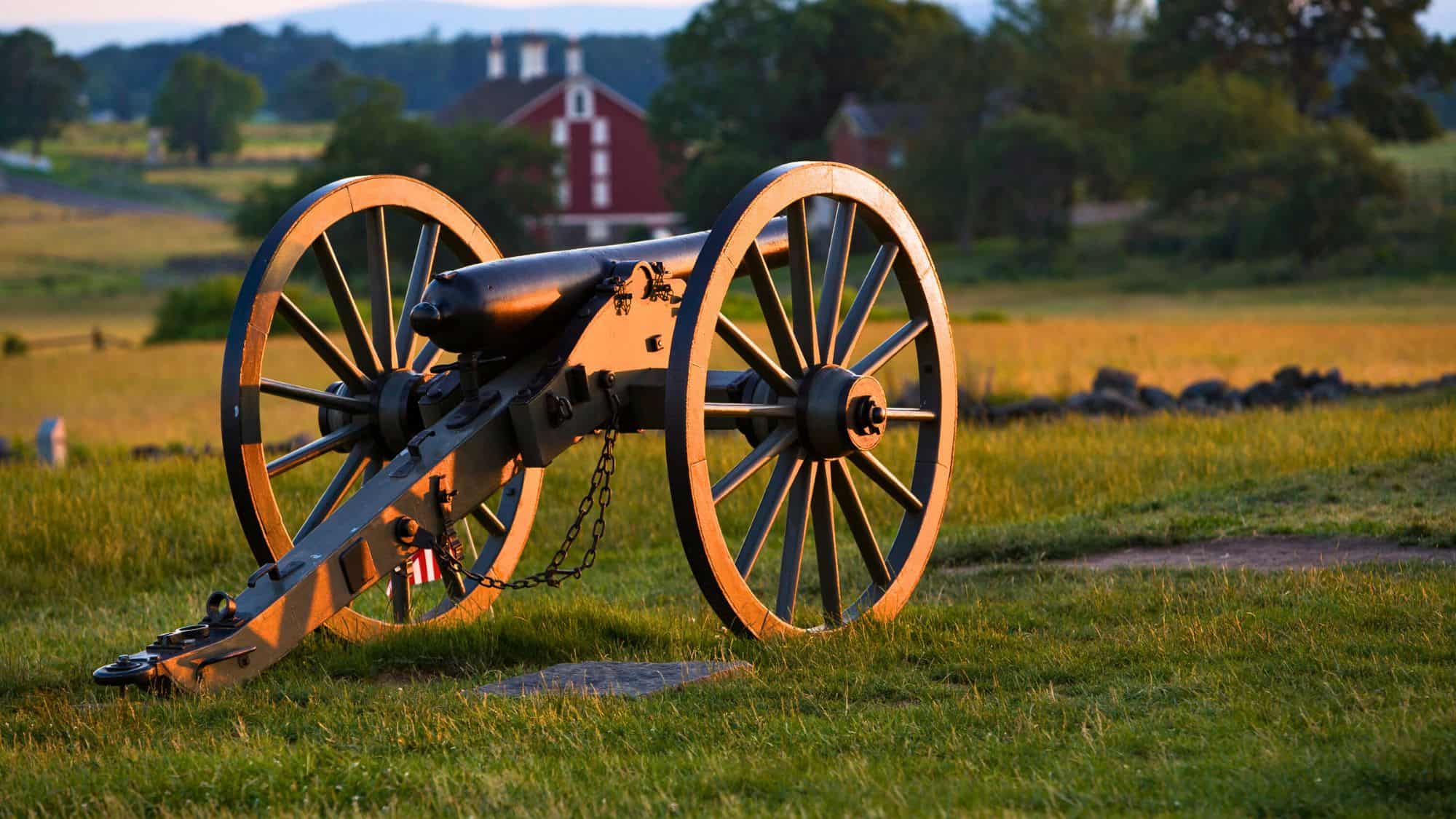
Gettysburg isn’t just where Lincoln turned up for the most eloquent mic-drop in history; it’s also where some truly baffling battlefield moments unfolded. After the dust settled and the tally was taken, about 37,574 rifles were recovered (24,000 of which were actually loaded).
And here’s the kicker: some of those rifles had multiple rounds jammed in the barrels, loaded by soldiers who were either too stressed to notice or thought, “More bullets = more effective?” It’s like the 19th-century version of overpacking for a trip.
Today, the park offers walking tours where you can wander through history and imagine what it must have been like to experience three straight days of chaos, strategy fumbles, and, ultimately, a turning point that shaped the Civil War (and probably a few really sore feet).
Antietam National Battlefield, Maryland
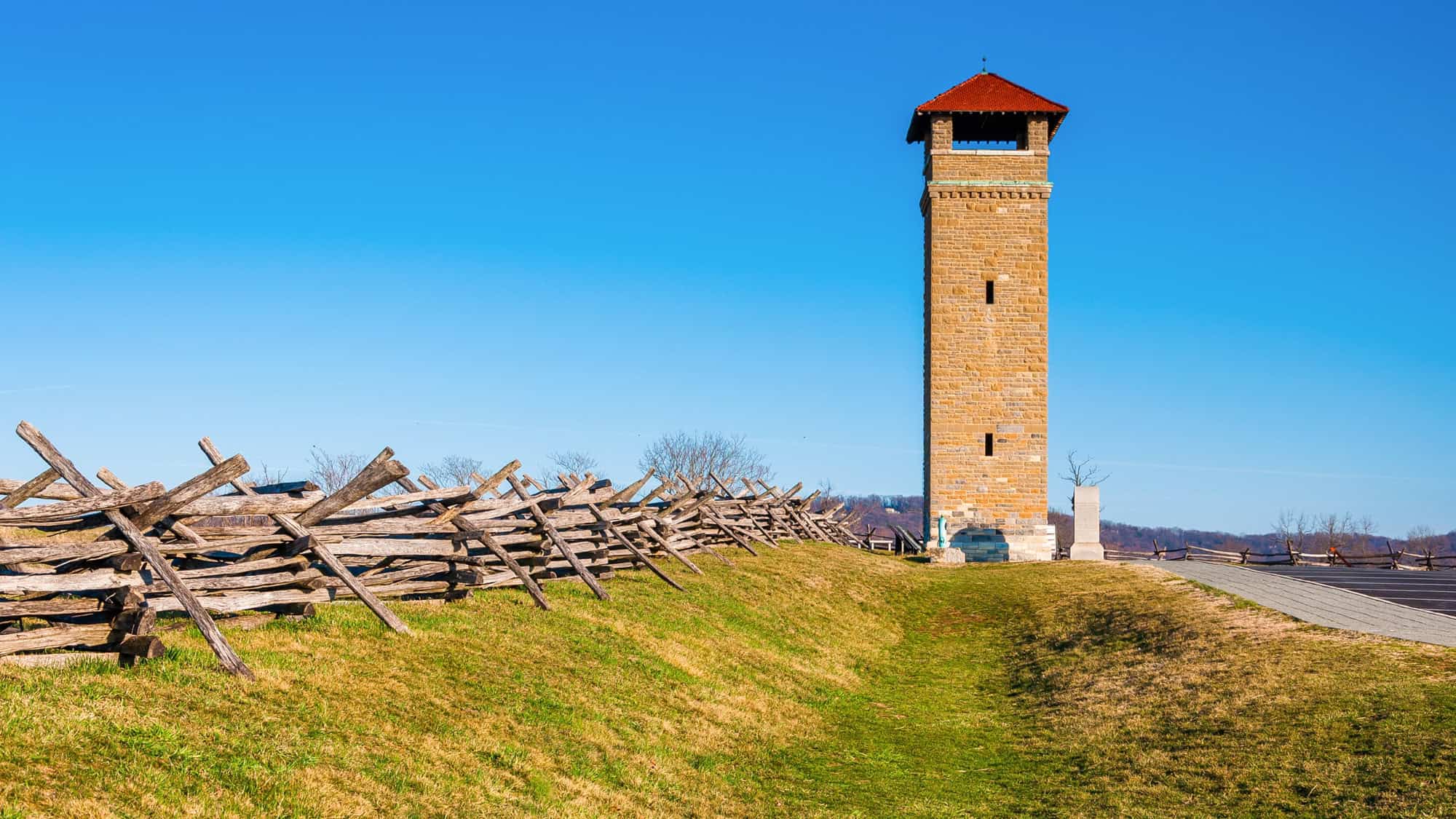
If “bad day at the office” had an extreme historical counterpart, Antietam would be it. This site saw over 23,000 casualties in one single, heart-breaking day. That’s not just a number; it’s the entire population of a small town wiped out in hours.
You can walk through Dunker Church, the Bloody Lane, and Burnside Bridge, where soldiers fought valiantly; although it’s safe to say, the “bloodiest day in American history” wasn’t exactly what their recruiting posters promised.
Today’s serene fields and reflective monuments hide the chaos and carnage that once painted the landscape red. And don’t forget to stop by the Visitor Center to nerd out over military maps and artifacts.
Shiloh National Military Park, Tennessee
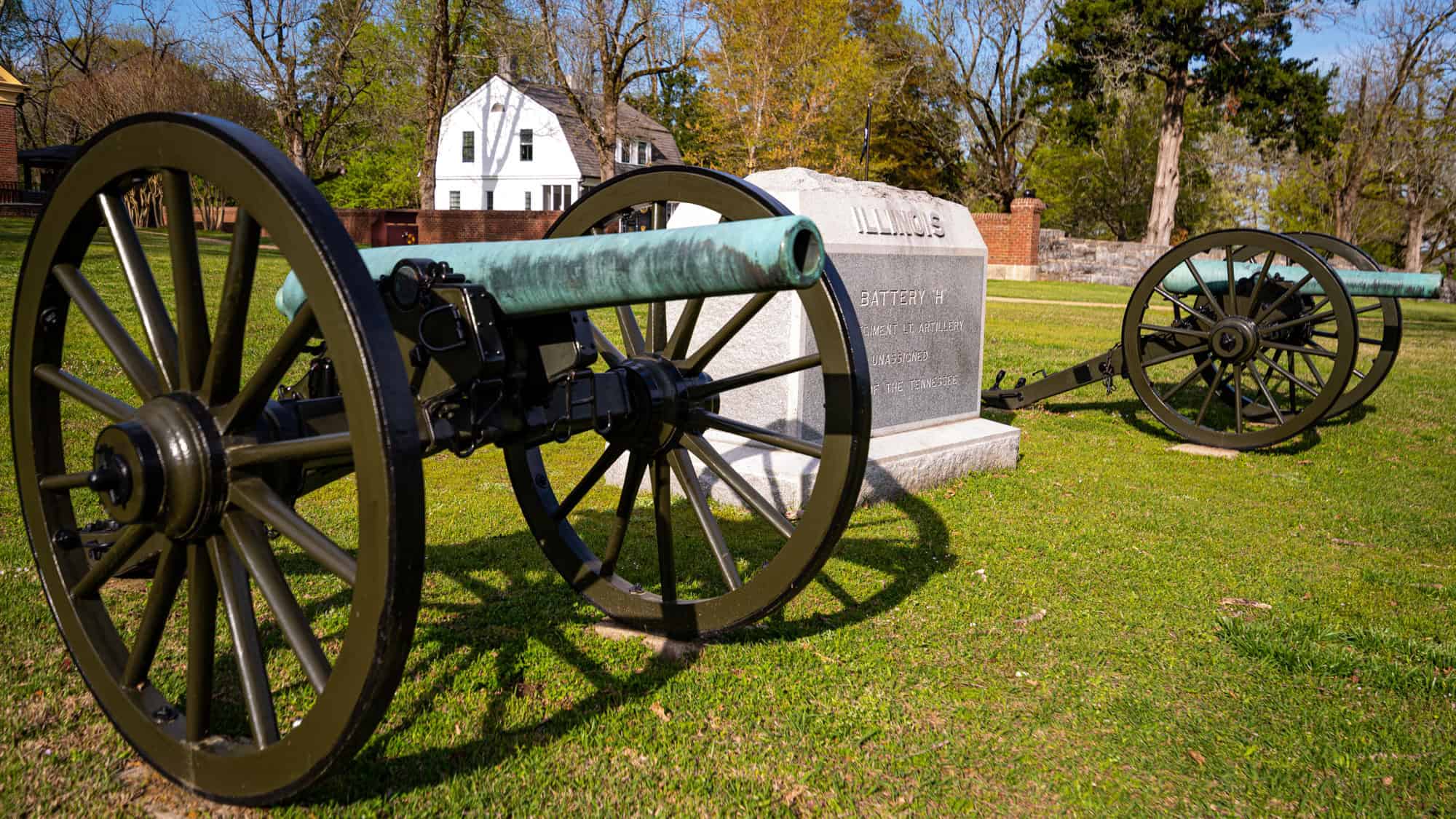
The Shiloh and Corinth battlefields cover 4,400 acres of preserved history, and they squeezed a lot of drama into that space. When 65,000 Union troops and 44,000 Confederate soldiers decided to clash, they left no corner of Tennessee untouched.
The infamous Hornet’s Nest saw such intense fighting that it wasn’t buzzing with bees but bullets, making it the battlefield’s most infamous spot. The Visitor Center adds some modern convenience, and the 12-mile auto tour is an easy way to explore the area (we all know slogging through muddy battle sites just doesn’t hit the same when you’ve got AC in the car, but here we are).
And for anyone who thought “Hornet’s Nest” sounded inviting… it wasn’t.
Monmouth Battlefield State Park, New Jersey
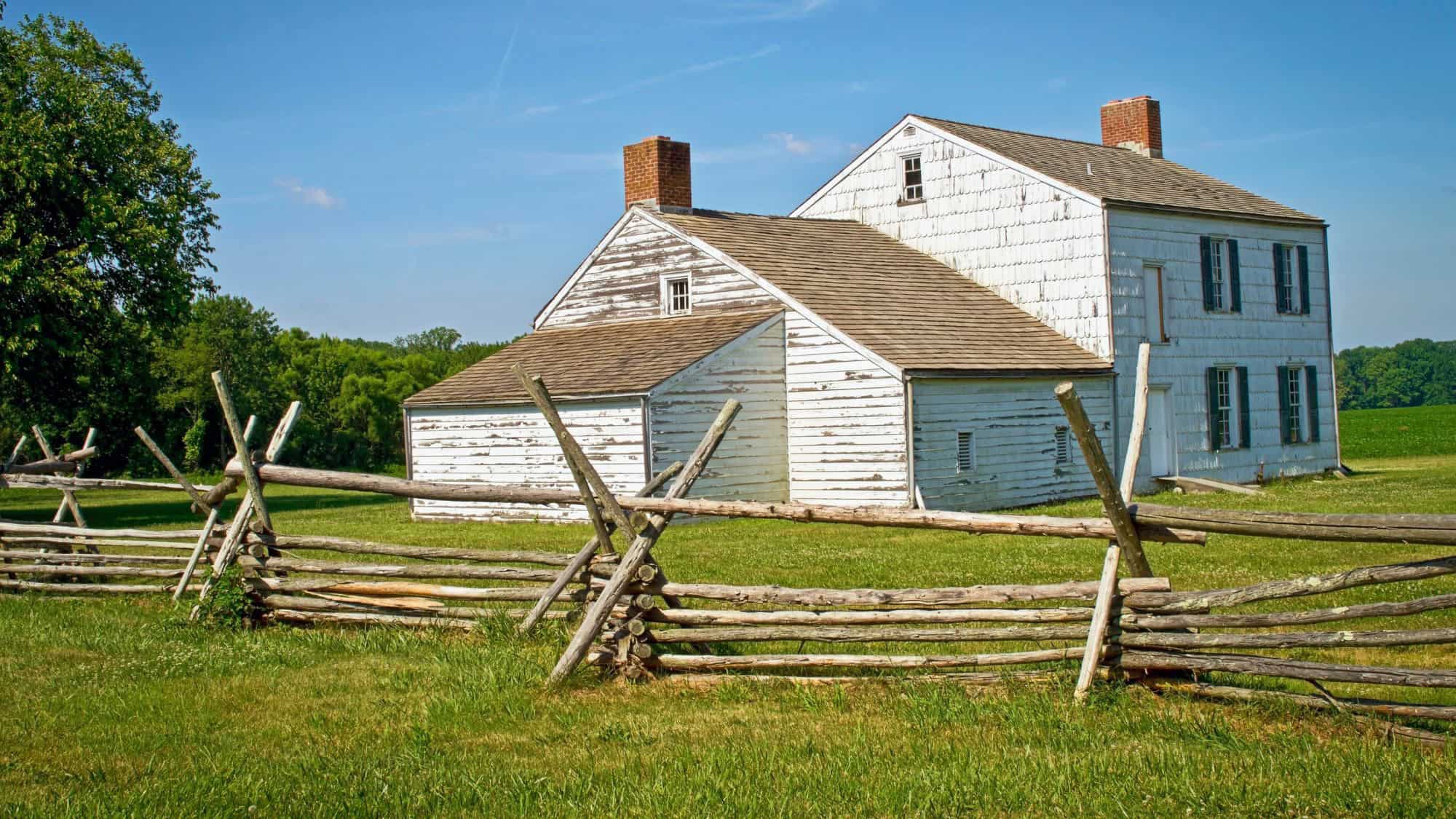
Throw on your best walking shoes because this site comes with trails where you’ll pass the Craig House. It’s a charming little farmhouse with an unfortunate gig as a field hospital during the Battle of Monmouth in 1778. Yep, colonial charm meets battlefield triage.
The park commemorates a brutal summer day when Washington’s troops fought to prove they weren’t just a ragtag group armed with muskets and moxie. While they didn’t exactly mop the floor with the British, they held their ground, which was a pretty big deal.
Today, you can wander the picturesque fields and almost smell the black powder (or maybe just the sunscreen from other visitors). The park’s quiet beauty is a stark contrast to its tumultuous past, making it a thought-provoking stop.
Fort Necessity National Battlefield, Pennsylvania
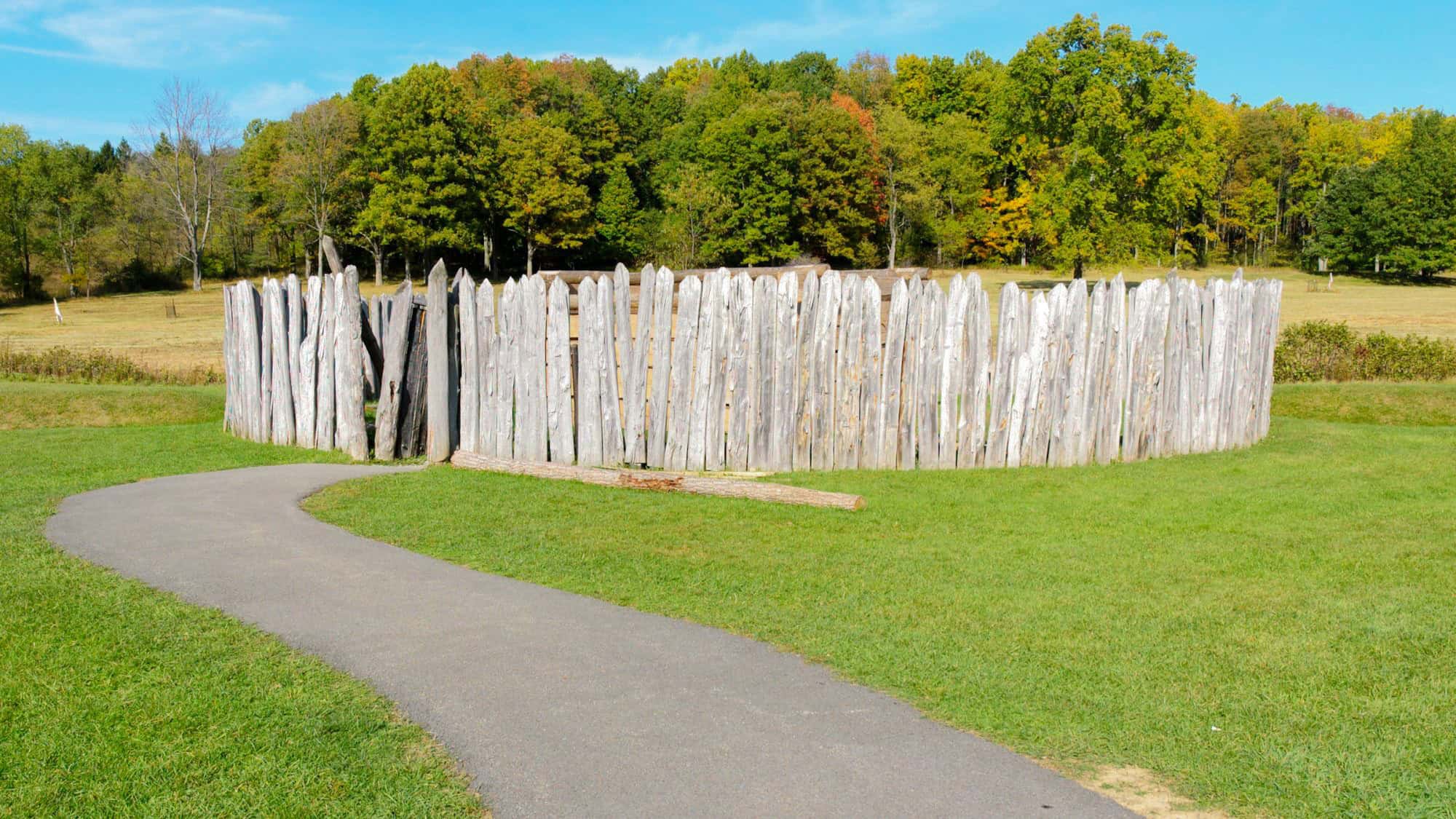
Long before the American Revolution made George Washington a national hero, the guy had to learn a few lessons about winning (and losing). Enter Fort Necessity, 1754, where a very green Washington and his troops built an embarrassingly small fort… barely big enough to house their collective regrets.
After some chaotic skirmishes in the Ohio River Valley, French forces surrounded the fort (and probably laughed a little), forcing Washington into his one and only surrender. Hey, even icons have bad days.
The battlefield now tells the tale of how this epic blunder helped spark the French & Indian War. And remember, George got better at the whole war thing after this. When you visit, spare a thought for young Washington and his epic “crash course” in leadership.
Stony Point Battlefield, New York
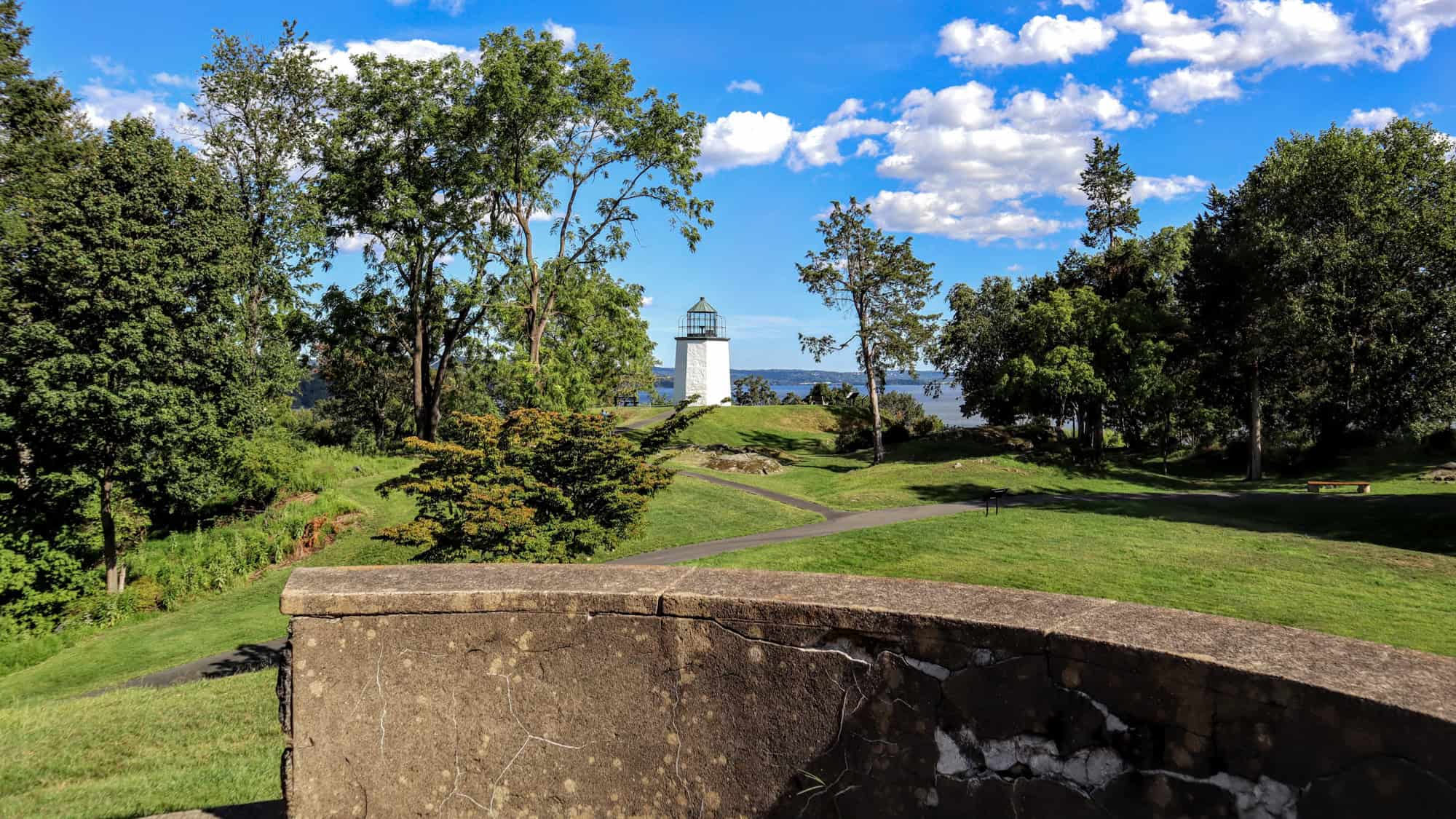
Step back to 1779 at Stony Point Battlefield, where the Americans staged a daring nighttime raid on the British. That’s right, while most folks were snoozing, General “Mad” Anthony Wayne and his troops were scaling cliffs and sneaking around by moonlight (because subtlety was apparently their strong suit).
This Revolutionary War site opened to the public in 1902, and it’s still serving up history with a side of theatrics. And visitors can catch musket and cannon demonstrations during a visit. Nothing says “educational outing” like a thunderous boom rattling your ribs, right?!
With sweeping views of the Hudson River and an old lighthouse hanging out nearby, it’s a great place to ponder the guts it took to upset the Brits’ tea party plans.
Palo Alto Battlefield National Historical Park, Texas
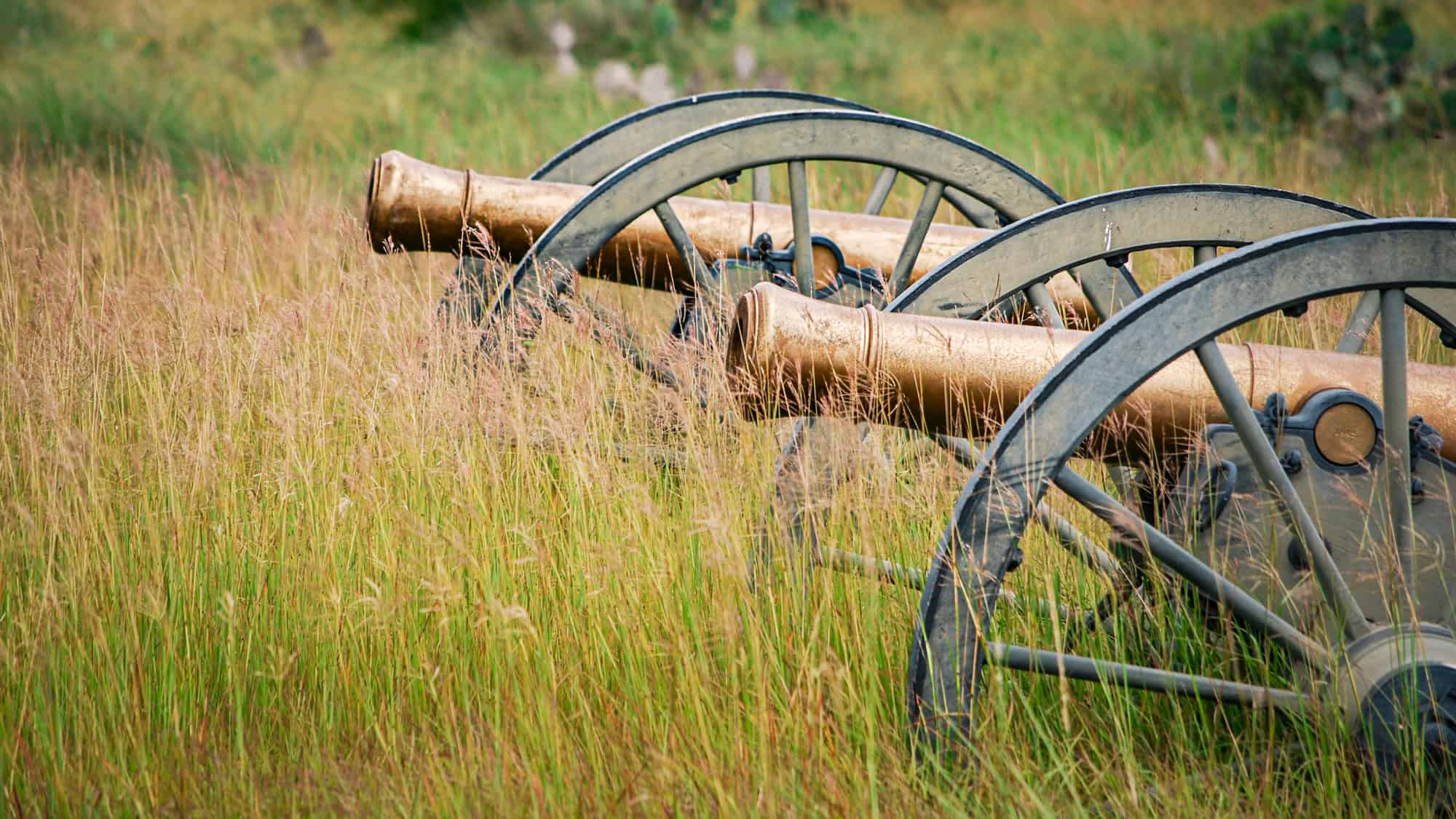
If you’ve never marveled at grasslands while contemplating an 1846 artillery duel, Palo Alto Battlefield might be your next stop. This sprawling park preserves over 3,000 acres of the first major battle of the Mexican–American War, where cannonballs flew, cavalry charged, and probably more than a few bad decisions were made.
And despite its epic scale, much of the larger battlefield lies tangled in private land, like a historical jigsaw puzzle with missing pieces. Don’t worry, though, the preserved portion still delivers.
You can explore the walking trails, take in the surprisingly peaceful landscape, and discover the awkward beginnings of an international border dispute. Plus, you can imagine soldiers grumbling about the Texas heat… it’s practically a rite of passage.
Pea Ridge National Military Park, Arkansas

The Battle of Pea Ridge may not be as famous as Gettysburg, but in the western theater of the Civil War, it was kind of a big deal. Picture Union troops taking on a Confederate force twice their size, and coming out on top.
That’s right, the underdogs didn’t just win; they basically threw down their muskets and said, “Who’s next?” This 4,300-acre park is a pristine tribute to the 1862 battle and remains one of the best-preserved Civil War battlefields around.
Take a drive through the park, hike the trails, and see where all this chaos unfolded (minus the ear-shattering cannon fire). It’s where strategy met stubbornness, and stubbornness won.
Fort Donelson National Battlefield, Tennessee
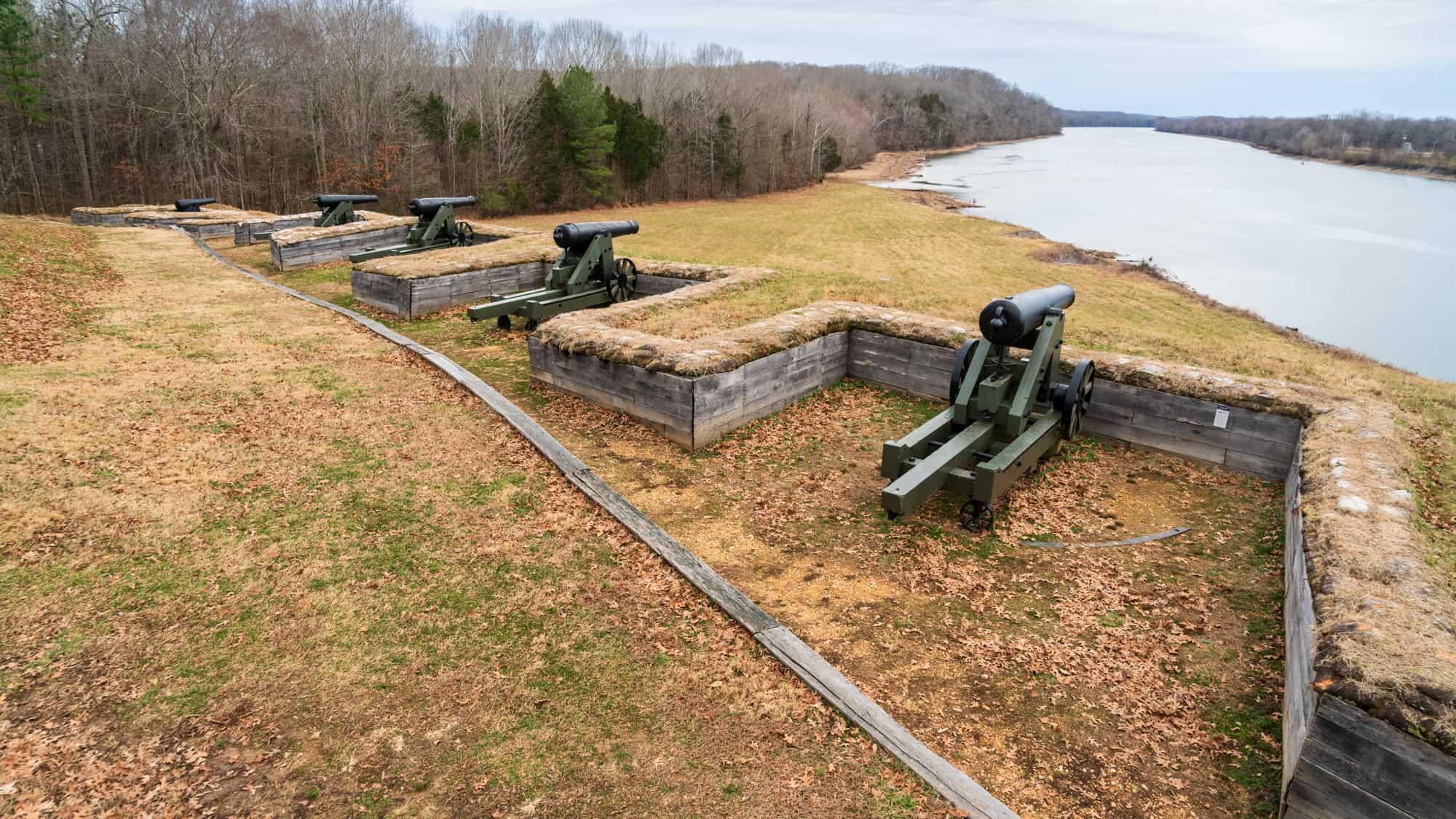
If rivers could talk, the ones near Fort Donelson would probably have some salty words for the Confederacy. Way back in 1862, the Union forces and Ulysses S. Grant rolled into this fort and essentially turned Tennessee’s backdoor into an open road.
The Confederates? They surrendered faster than you can say “strategic river fail,” handing the Union access to the mighty Cumberland River and sparking victory on the western front. This was also when Grant really leaned into his whole “Unconditional Surrender” nickname (history loves a solid branding moment, right?).
Today, the site is peaceful and scenic, though I doubt the soldiers who once froze through the icy February siege would’ve described it that way. Battle scars in a lovely backdrop? That’s Fort Donelson for you.
Fredericksburg & Spotsylvania National Military Park, Virginia
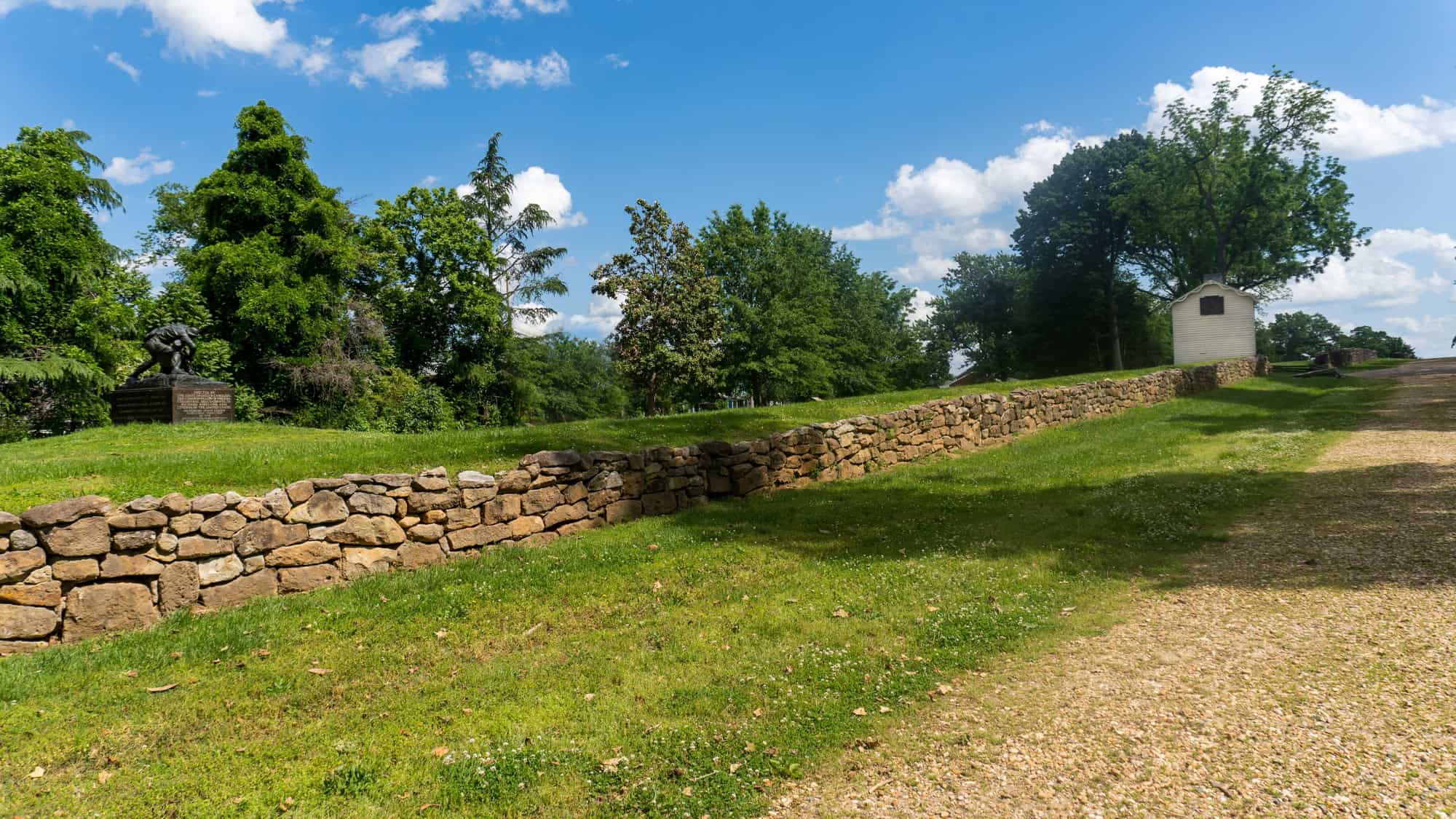
If battlefields had greatest hits albums, this park would be rocketing up the charts. Encompassing 8,400 acres, it packs in four major Civil War battles, including Fredericksburg, Spotsylvania Court House, Wilderness, and Chancellorsville.
And amid this roster of mayhem sits Slaughter Pen Farm, an infamous spot where Union soldiers faced devastating defeat in 1862 (well, at least they tried). The farm is one of the best-preserved parts of the park, which means you can stroll right through history and imagine the chaos of line after line of charging troops meeting a grim fate.
It’s humbling, haunting… and might make you rethink your definition of having a bad day.
Kings Mountain National Military Park, South Carolina
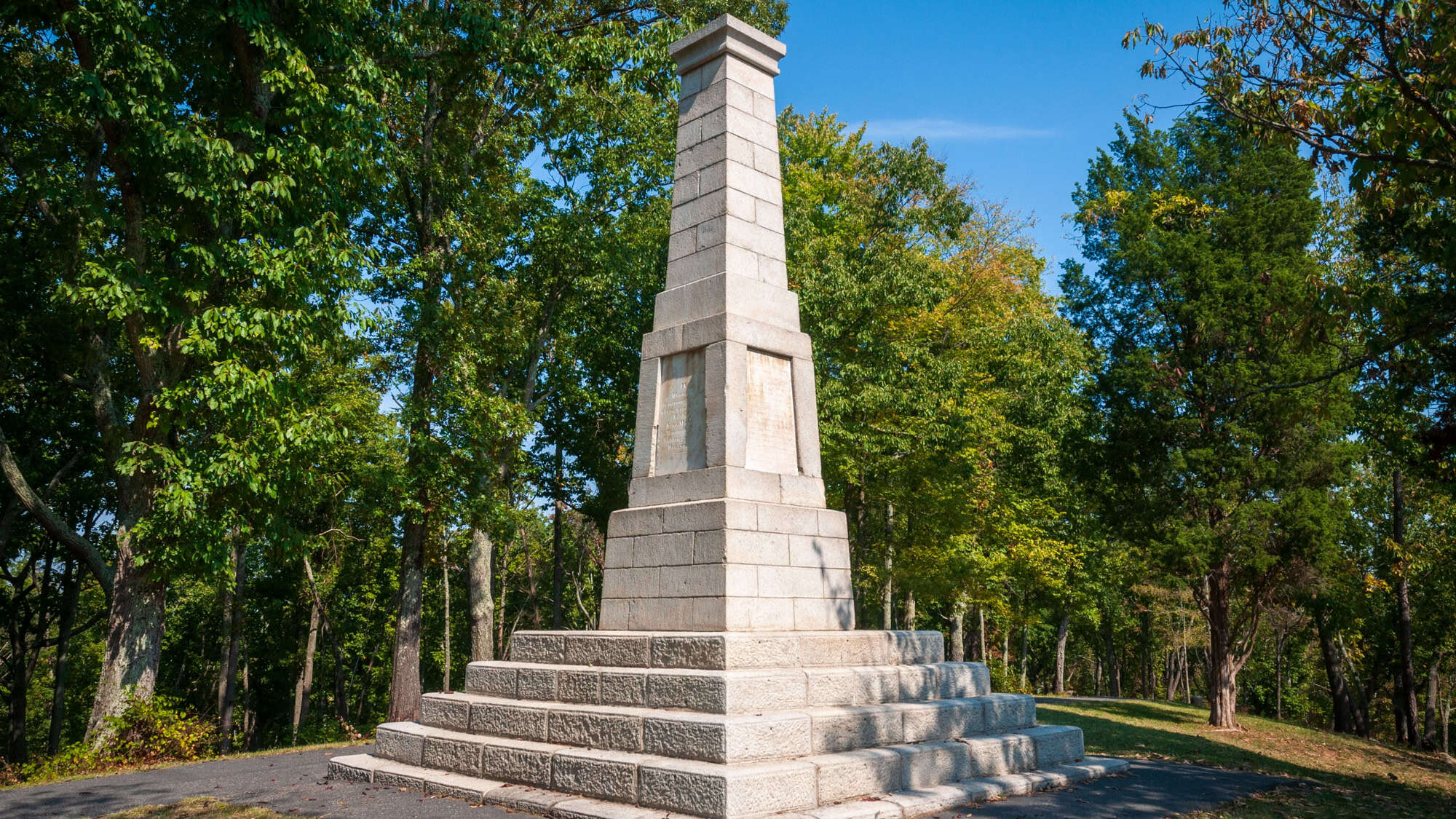
Here’s the thing about Kings Mountain in 1780: this wasn’t some tidy, uniformed duel between armies. Nope, it was more like a Southern family feud meets guerrilla warfare.
The Patriot militia squared off against Loyalist forces, which sounds noble, but really, it was neighbors fighting neighbors in the Carolina backwoods. The result? Loyalists got crushed so badly that the victory parade probably involved extra high-fives and exaggerated storytelling.
Historians say this skirmish helped shift the revolution’s momentum in the South, proving once again that the underdog’s bark (and bite) can change the game. Visit today, and you’ll find trails and monuments, but not a single apology note from the defeated Loyalists.
Petersburg National Battlefield, Virginia
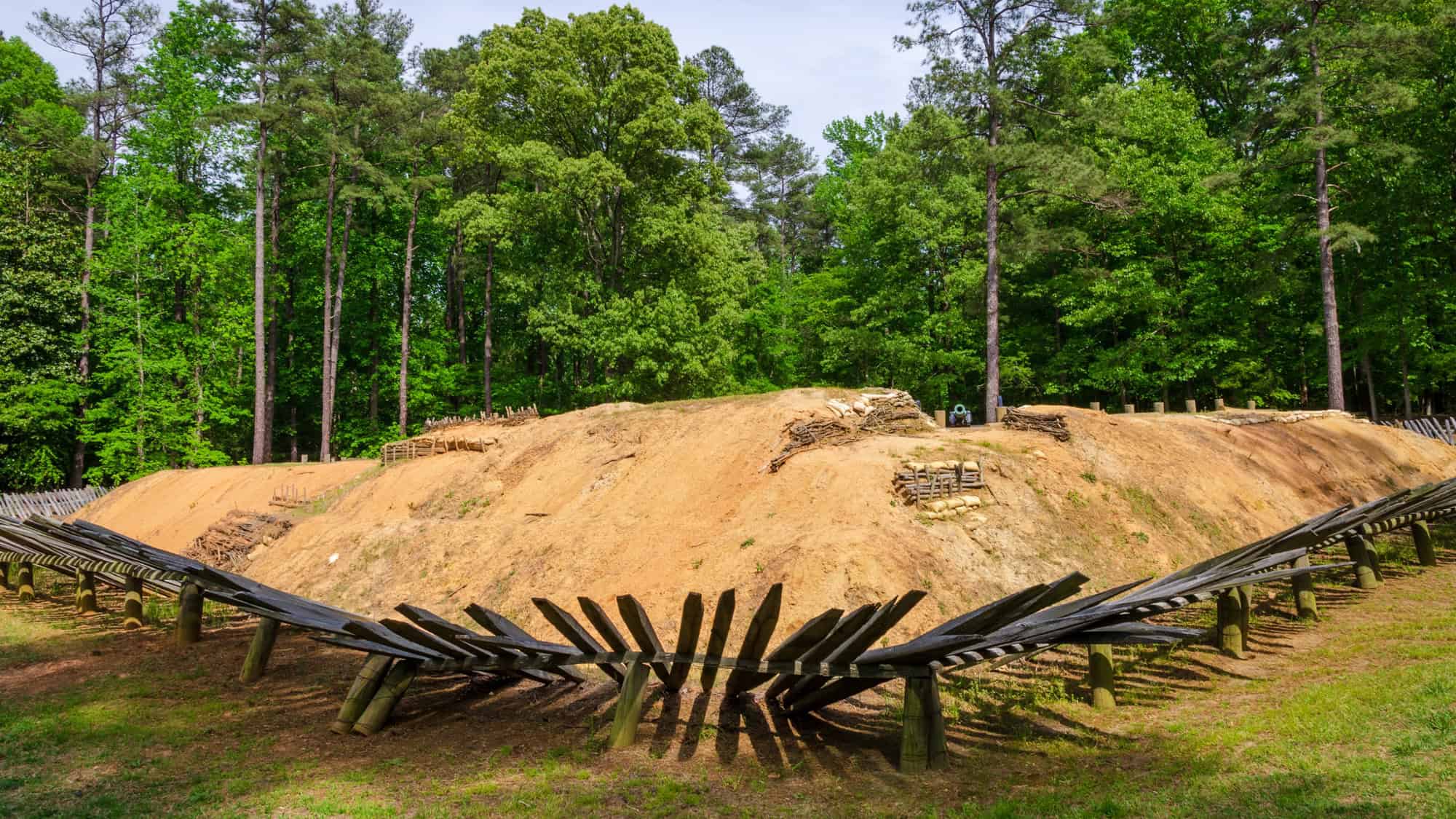
Nine months. That’s how long Union forces camped outside Petersburg, essentially living in the dirt and convincing Confederate troops that surrender might be better than starvation. It’s the military version of the world’s longest slow clap.
The siege of Petersburg aimed to cut off Richmond, the Confederate capital’s lifeline, and it worked. By the end of the siege in 1865, the Confederates were toast, and Richmond fell.
Today, Petersburg National Battlefield doesn’t feel like a place where people waited out nearly a year of misery, but it is a stark reminder of how relentless determination shaped the war’s outcome. Tip for visiting? Bring snacks. Union soldiers would’ve appreciated that advice.
Fort Sumter National Monument, South Carolina
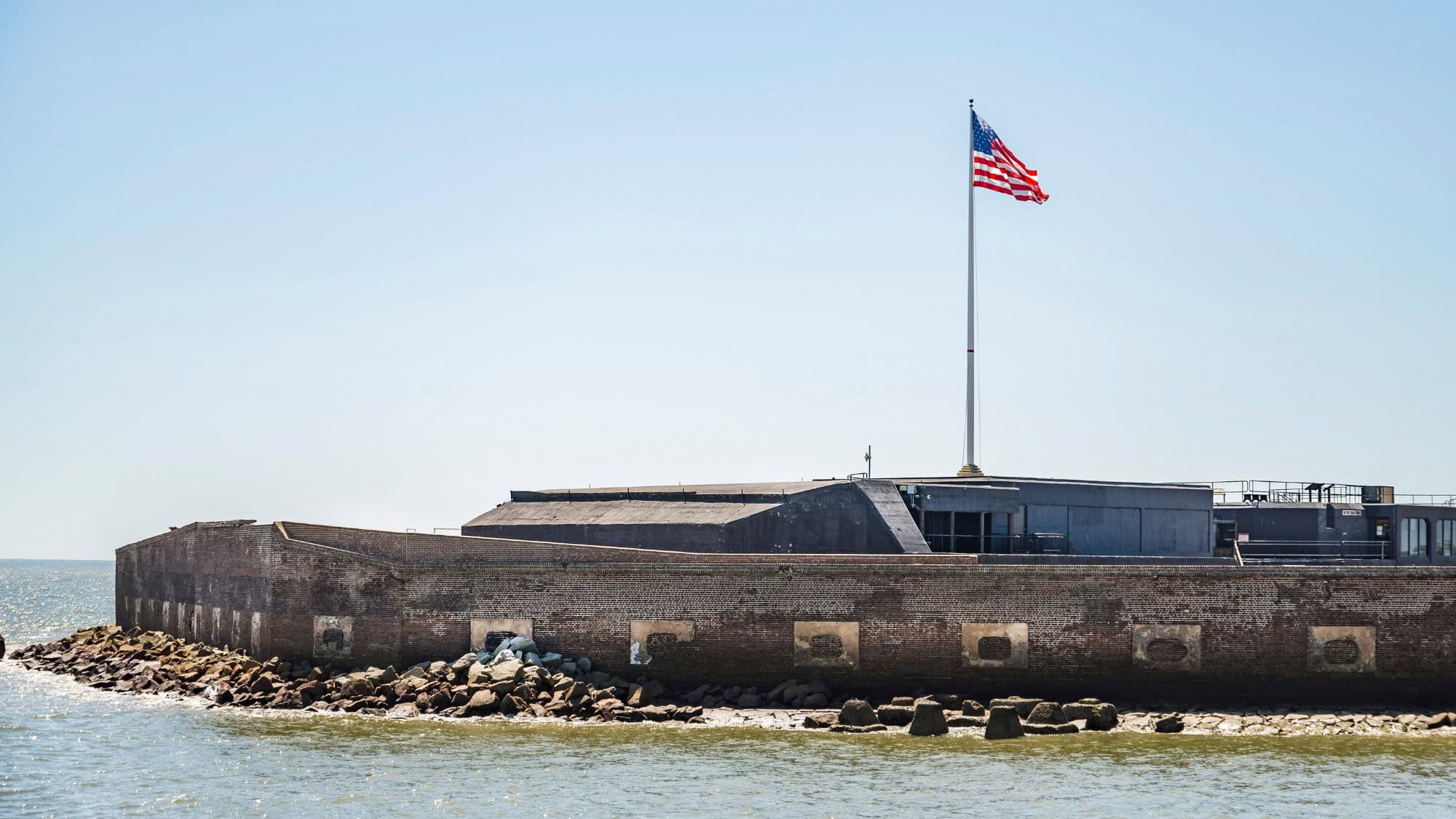
You caught me. This one isn’t a battlefield, but I couldn’t leave this one off the list. Because history doesn’t get much louder than this (literally). Fort Sumter is where the Civil War kicked off in April 1861, with the opening act being cannon fire. And before you ask, no, these weren’t celebratory fireworks; they were the not-so-subtle starter pistol for four years of chaos.
The fort itself? Accessible only by ferry, giving you a moment to reflect (or mentally debate which side had the better uniforms) while cruising over Charleston Harbor. And once you’re there, you’ll quickly see why it was such a prized piece of real estate… it’s a fort in the middle of the water.
Heads up, the fort didn’t exactly come out unscathed. It’s more “battle scars and bricks” than pristine fortress these days, but hey, scars tell compelling stories, right?
Like Our Content? Make sure to join our newsletter for all the latest on outdoor adventures (and a FREE STARGAZING GUIDE). Click here to sign up!






